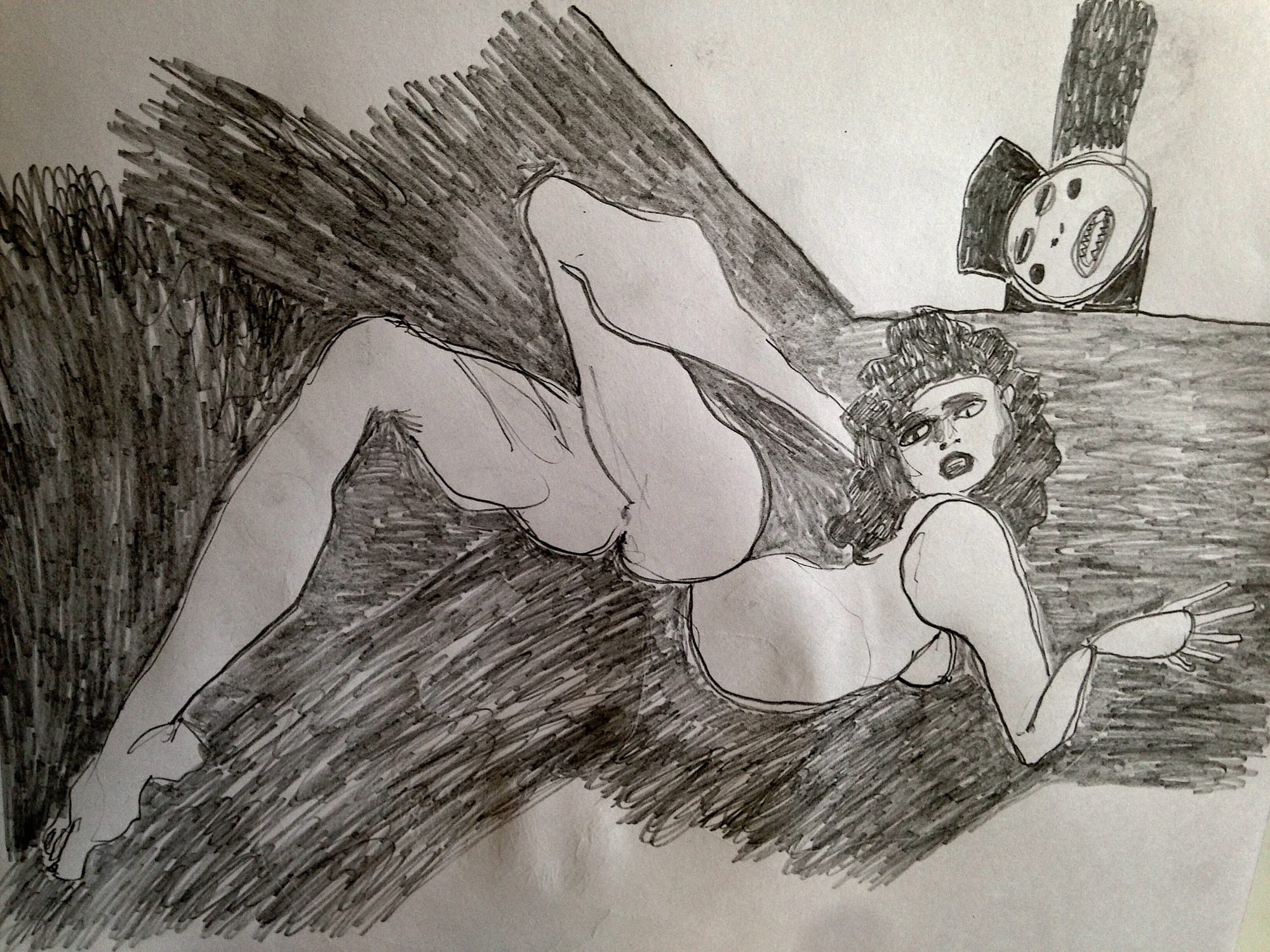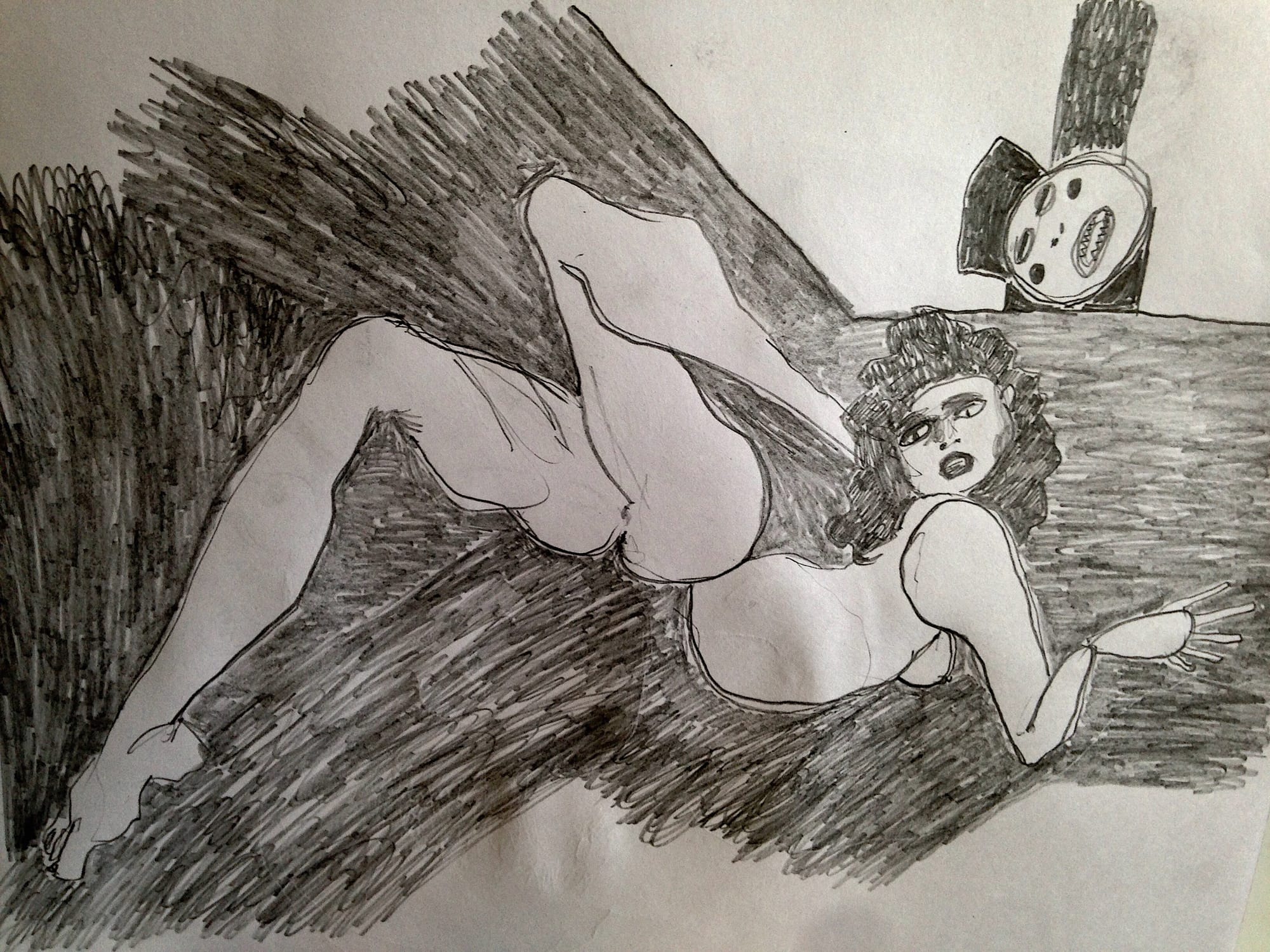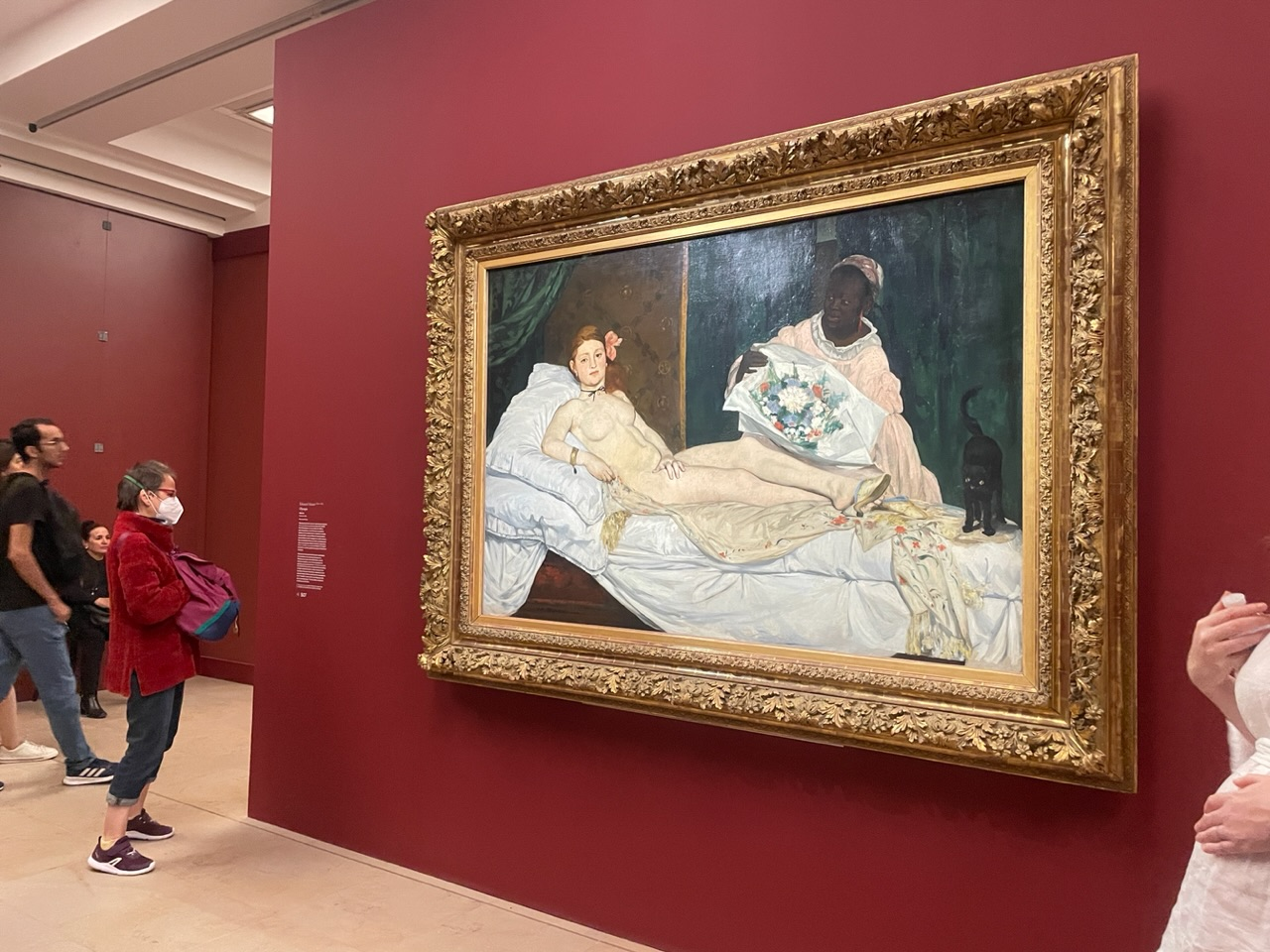Philosophy of Play (4): Bataille on Surrealism and Manet


I will use the word play to name what is at stake in Bataille’s writing on surrealism and on Manet. Play joins bodies to scenes. It binds a room. It spends a surplus that work cannot absorb. In Bataille’s vocabulary this means expenditure rather than accumulation. It means a movement toward continuity from the ordinary state of discontinuous selves. It means taboo held and then crossed under a rule, so that danger becomes knowledge rather than harm. On this ground surrealism is not a style. It is the invention of forms that let a culture without a binding myth still generate nights and rooms in which the sacred can appear without doctrine. Bataille’s book on Manet belongs to this same argument. He reads Manet as the artist who brings modern painting into the theatre of play by denying edification and substituting a charged presence that wastes decorum and consumes attention. I will track the logic in his Manet study. I will join it to his account of surrealist invention. I will then carry the thread across the square to Place Vendôme, where Schiaparelli shows how avant garde couture repeats the same rite of play in fabric, metal and scent.
The frame is set by two pairs of terms that we must hold in mind. Continuity and discontinuity. Taboo and transgression. Discontinuity names the ordinary separateness of persons. Each of us is bounded by skin and work and rank. Continuity names the impersonal flow that a person can taste in certain scenes. Feast. Vigil. Erotic trance. Collective laughter. The passage from one to the other is never permanent. It is staged. It needs a limit to charge the crossing. That is the task of taboo and transgression. A taboo sets the limit and keeps it radiant. A transgression crosses that limit under a rule so that the crossing binds rather than destroys. The economy of such scenes is general rather than restricted. Energy that cannot be turned into use must be spent. It can be spent in cruelty or in rites. Surrealism in Bataille’s sense is a set of rites that spend surplus through images, games and shocks that a circle consents to share.
Manet enters this story as the painter who shifted the place of the sacred from story to scene. Bataille’s Manet study was published in the nineteen fifties. It is a short book with the force of an argument made from first principles. Manet is not praised for technique alone. He is named as the artist who pulled painting away from edification and toward presence. He did this by refusing the old bargain in which the nude is made safe by myth. Olympia takes that bargain and breaks it. The courtesan confronts the viewer without pretext. The composition is flat. The paint declares itself. The studio light is harsh. The gaze is direct. The distinctions that sustained the old decorum come apart. That is why the 1865 Salon saw scandal. It was a public transgression. It depended on the taboo of the ideal nude. It crossed that taboo under the rule of exhibition. The result was not chaos. It was the birth of a different rite. A painting that turns the whole room into a theatre of expenditure for the space of a viewing. The Musée d’Orsay’s description of the scandal is plain. The subject and the manner of depiction explain the uproar. The art historical literature repeats the point and names Olympia as foundational to modernity in painting. Bataille is not inventing a scandal. He is reading what the scandal is made of. He is reading it as a rite of play that moved painting from story to presence.
To understand why he thinks this matters one must return to his economic terms. A culture must spend its surplus somewhere. When it spends in rites the result is binding rather than ruin. Manet’s painting is such a spending. It wastes narrative reassurance. It wastes the old distance between viewer and subject. It refuses the consolation of myth and offers a state in which the pronoun and the plan give way to a concentrated blaze of looking. Olympia functions like a feast in this sense. The room learns embarrassment together and is not destroyed by it. The painting gives the room a memory that is not a lesson. The critics of the day felt the effect and wrote in tones that prove the point. The courtesan’s name and the maid’s presence and the cat’s tail were all treated as open threats to decorum. Scholarship since has read the piece as a pivot where modernity enters by way of a naked refusal to pretend. Accounts that stick to formal description agree with the structure of Bataille’s claim. Flatness and outline and surface declare the painting a thing in front of us rather than a window into a safer world. The scandal belongs to that declaration.

The maid is essential here. She is not a foil. She is a presence whose figure and gaze refuse to be reduced to ornament. Recent work reads Laure as the trace of a modern city and of race in the room. Her role in the scene is one reason the transgression bites harder. Rank. Sex. Money. Empire. All these taboos are in play at once. The Salon becomes a public theatre in which a city looks at itself under a rule that forbids violence and allows shock. Bataille’s reading is aligned with this. He wants us to see how the power of the painting depends on the taboo and on the controlled crossing that the Salon makes possible. He does not praise outrage for its own sake. He analyses why this particular outrage founds a form that many other artists deepen.
Bataille is not alone in giving Manet this founding place. Art history often calls him the father of modernism in painting, sometimes in company with Courbet. The reason given is not only subject matter. It is a technical refusal to hide the surface. It is a willingness to take liberties with perspective and to risk the public’s favour. The line from this to Bataille’s language is direct. A refusal to hide the surface is a refusal to allow edification to smother presence. A risk taken in public is a small sacrifice by which a group is bound. The room is made to share fear and laughter for a time. This is the definition of play in the strong sense. It is a rite that ends. It adds nothing to utility. It adds everything to courage.
The same grammar explains why Bataille kept returning to surrealist exhibitions in his later essays. The 1938 show turned a gallery into a cave. Coal sacks hung from the ceiling. The floor was leaves and mud. Torches replaced electric light. Duchamp's mannequins formed a corridor that felt like a street from a dream. The 1947 show offered a quieter course but placed a breast on a book and told visitors to touch. Each device set a taboo and crossed it under a rule. Do not touch becomes please touch. A gallery that disciplines the body becomes a place where sight must be helped by the hand. The method is simple and exact. It wastes decorum. It binds a circle of visitors by embarrassment and laughter. It leaves a memory in the body. Museum records and research portals fix these facts with enough detail that a newcomer can trust the scene. Bataille reads them as living proofs that a city can still make rites that spend surplus without cruelty. He places surrealism within his general economy. He calls its play sovereign when it holds its pitch. He warns against doctrine because doctrine hardens and kills play.
Manet’s place inside this story is not an accident of chronology. His painting supplies a model of how to stage a crossing with a minimum of narrative and a maximum of presence. This is why Bataille stays with the specific effects. The unideal nude. The direct gaze. The flattening of space. The sense that the paint sits on the skin like a rule that the eye cannot ignore. These are formal means to an ethical end. The shared acceptance of embarrassment without harm. The shared assent to a scene that reminds everyone in the room that they are bodies who will die and that this is not a reason to lie with prettiness. The salon as a place becomes the equivalent of a feast. It uses public time to practice exposure under a rule. It rehearses death in a mild key. It sends people out calmer and braver. This is the definition of a rite as play. It is also why Bataille thinks that a modern culture cannot do without such scenes.
This reading gives us a straight path to Place Vendôme and to Schiaparelli. The house stands in a square that is already a theatre of sovereignty. The decision to spend thousands of hours on one garment is a lucid waste. The decision to break decorum with an eye clasp or a gold breastplate or a skeleton dress is a transgression held by the rule of the runway. The decision to print a lobster on silk and let it crawl across a body is a base materialist joke turned into grace. The choice to make a hat out of a shoe is a miniature carnival for a class that cannot go to the street parade. These are all devices for charging a room and binding it for an hour. They are all play in the strict sense. The collaboration with Dalí provides the clearest bridge for a reader who wants an anchor in fact. The lobster dress of 1937, the shoe hat of the same season, the skeleton dress of 1938, the tears dress, the bureau drawer pockets. Each item crosses a taboo while keeping the game safe. Fashion histories and museum notes name these pieces and tie them to dates and places. They also fix the 1947 catalogue with its foam rubber breast and its invitation to touch. The fit with Bataille’s terms is exact. Expenditure of skill without utility. Exposure under a rule. Embarrassment and laughter that bind. A rite that leaves only memory in the body and a steadier step.
A brief biographical paragraph secures the link. Elsa Schiaparelli was born in Rome in 1890 and built her house in Paris from 1927. She moved into 21 Place Vendôme in 1934. She became famous for a trompe l’oeil bow sweater, for shocking pink, and for a perfume called Shocking with a bottle in the shape of a torso. Her collaborations with Salvador Dalí from 1937 to 1938 produced the lobster dress, the shoe hat, the skeleton dress and related pieces that remain the emblem of surrealist couture. The house closed in 1954 and she died in 1973. The address and the collaborations remain the core of the legend. They are rites that can be located.
To close the ring I return to the Manet book and pull three threads that show how Bataille would have the reader join painting and couture under one method. First, he rejects edification as the aim of art. A painting that instructs is less true than a painting that stages presence and risk. A dress that teaches a lesson is less true than a dress that makes a body a sun for a minute. Second, he insists on the pair taboo and transgression. Olympia needs the taboo of the ideal nude to generate her charge. A gold breastplate needs the taboo of modesty to generate its heat. A breast that says please touch needs the museum’s long history of forbidding the hand. Third, he writes always with death near. Eroticism is assent to life up to the point of death. A salon is an exercise in that assent. A runway is a later form of the same. It offers a space in which people practice exposure and return alive. They carry the memory into the day. They are less likely to seek an outlet in cruelty. This is why he calls the best of surrealism sacred without god. This is why he would call Schiaparelli’s greatest moments a rite. This is why Manet is the first modern in his eyes. The painting turns a room into a small feast in which fear is burned without victims.
The consequence is simple. Surrealism is play. Manet makes modern painting by turning a public viewing into a rite of play that spends taboo under a rule. Schiaparelli keeps this rite alive in a square where sovereignty is the air itself. She spends skill in garments that burn only for minutes. She crosses taboos with an exact grace. She treats embarrassment as the blush on the face of truth. She shows how a culture without myth can still bind a room without lying. These are not decorative matters. They are civic. They are how a city spends what must be spent to avoid harm. They are how a modern person rehearses death without cruelty. They are how a group learns to accept intensity and to leave without doctrine. Bataille’s prose is the best guide to these practices because he has the courage to say that the sacred appears where a surplus is wasted under consent, then leaves nothing behind but a memory in the nerves.
Manet’s Olympia and Duchamp’s breast and Schiaparelli’s lobster hold hands in that sentence. Each is a device for making a circle that will hold. Each is a school for courage. Each is a game in the strict sense. The rules are visible. The risk is real. The end is clean. That is why play is the right name. That is why surrealism, in his sense, is not an option but a necessity.